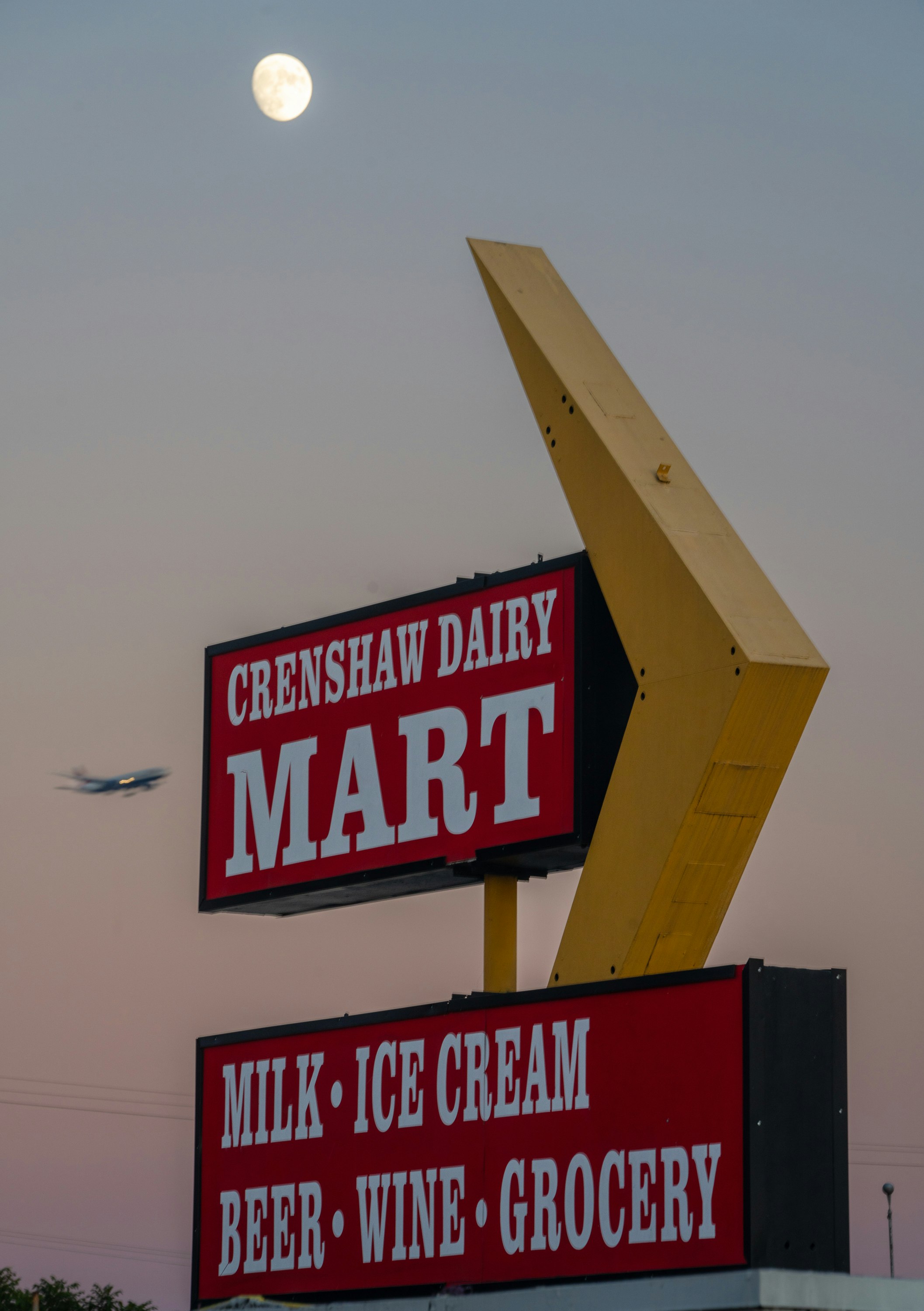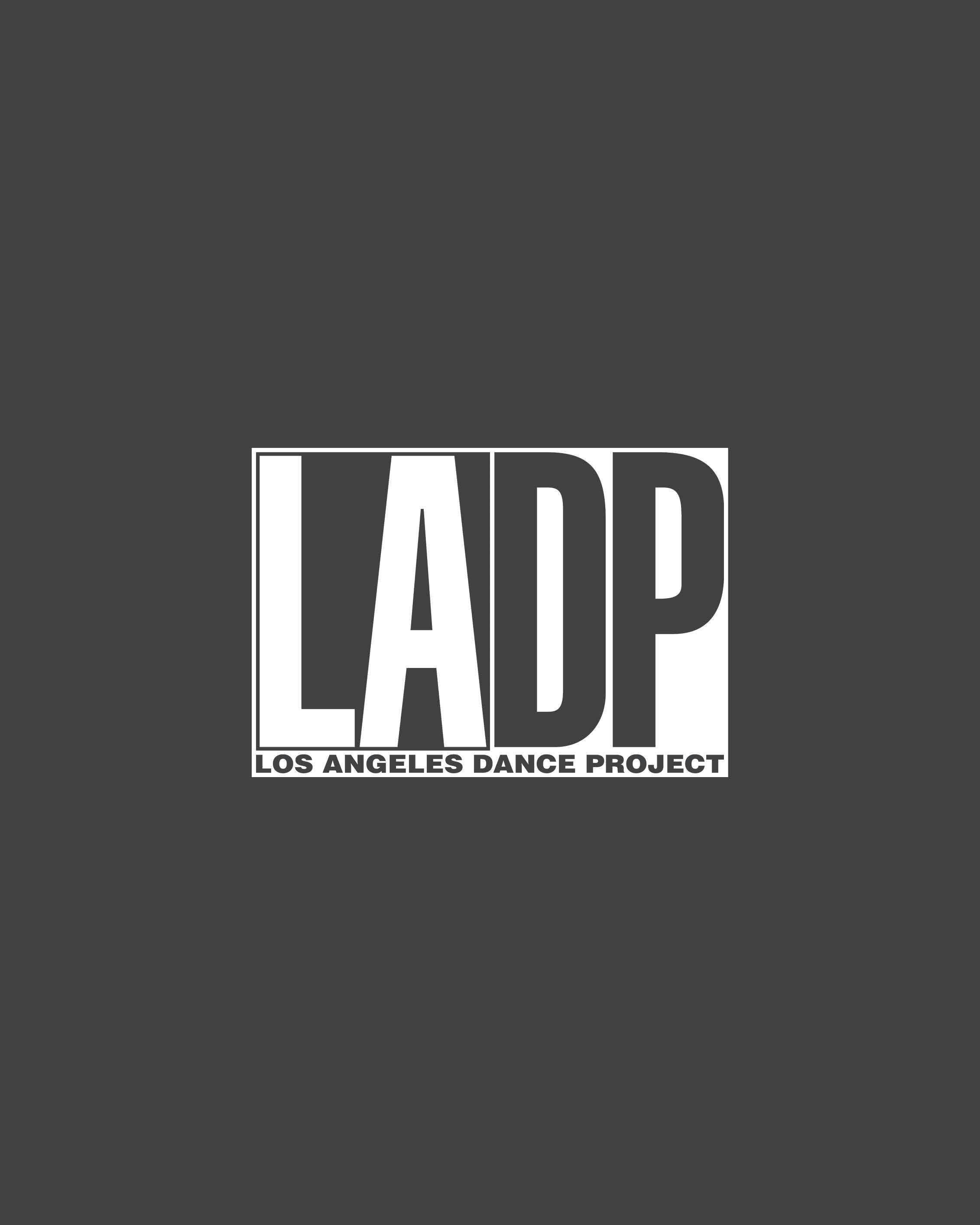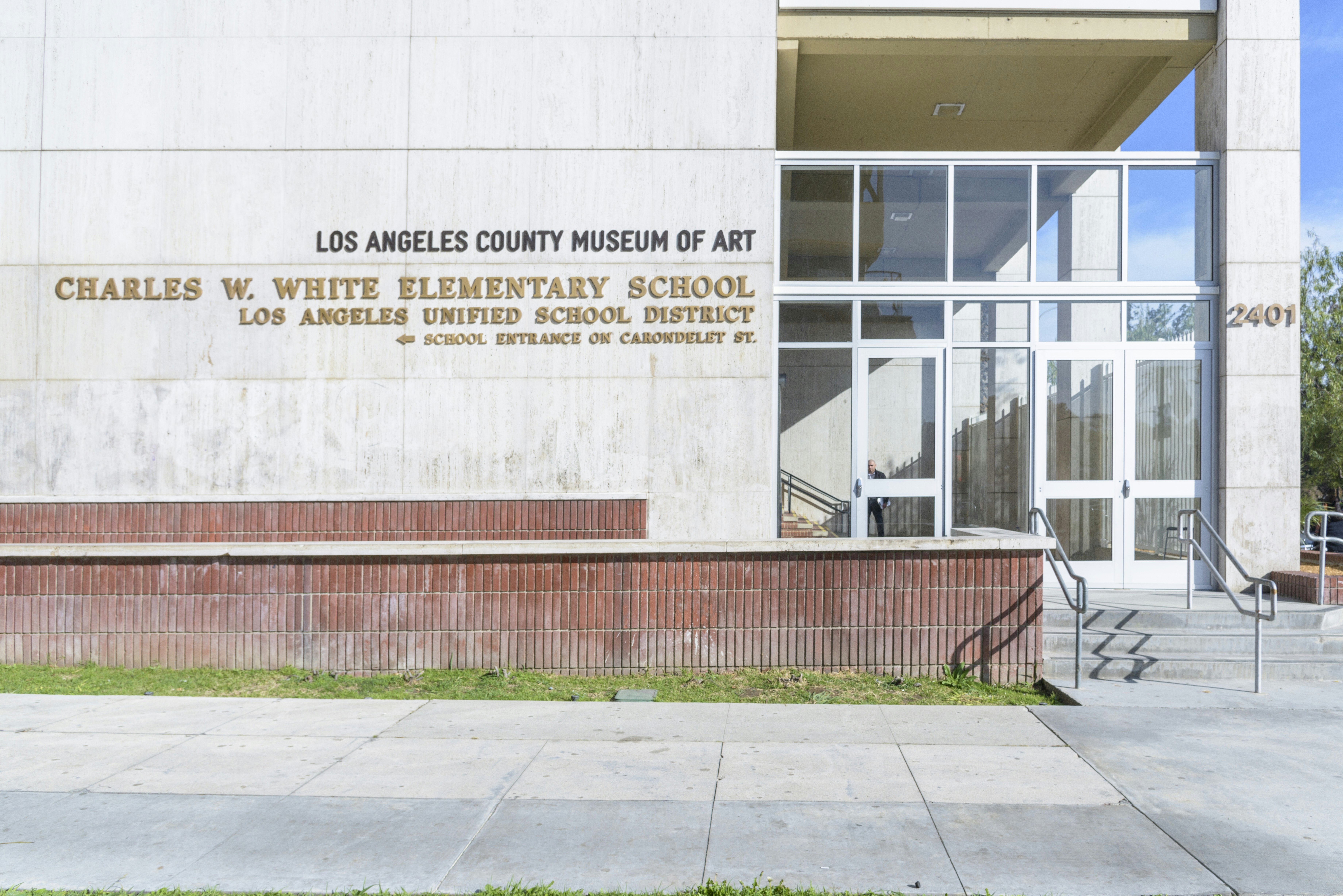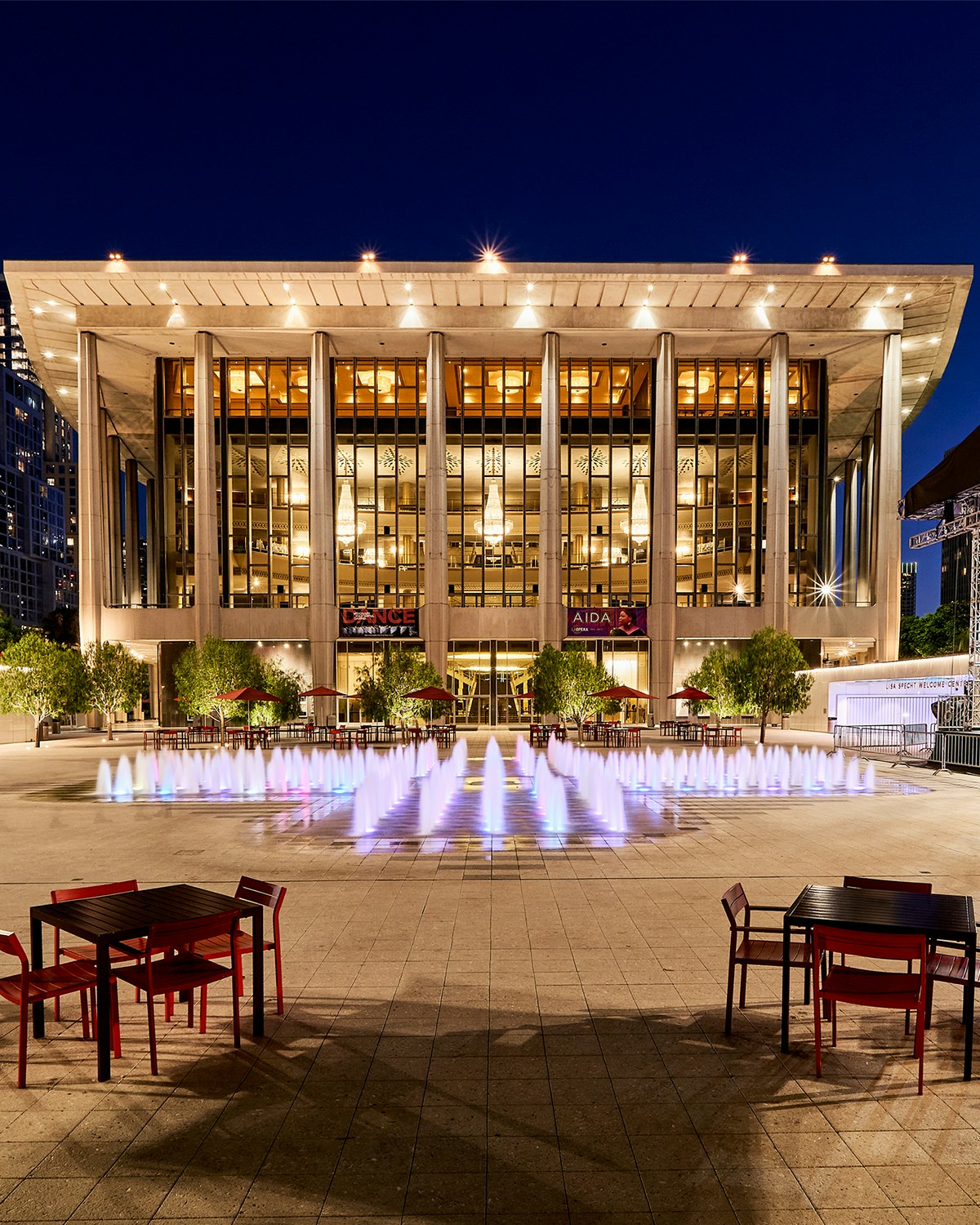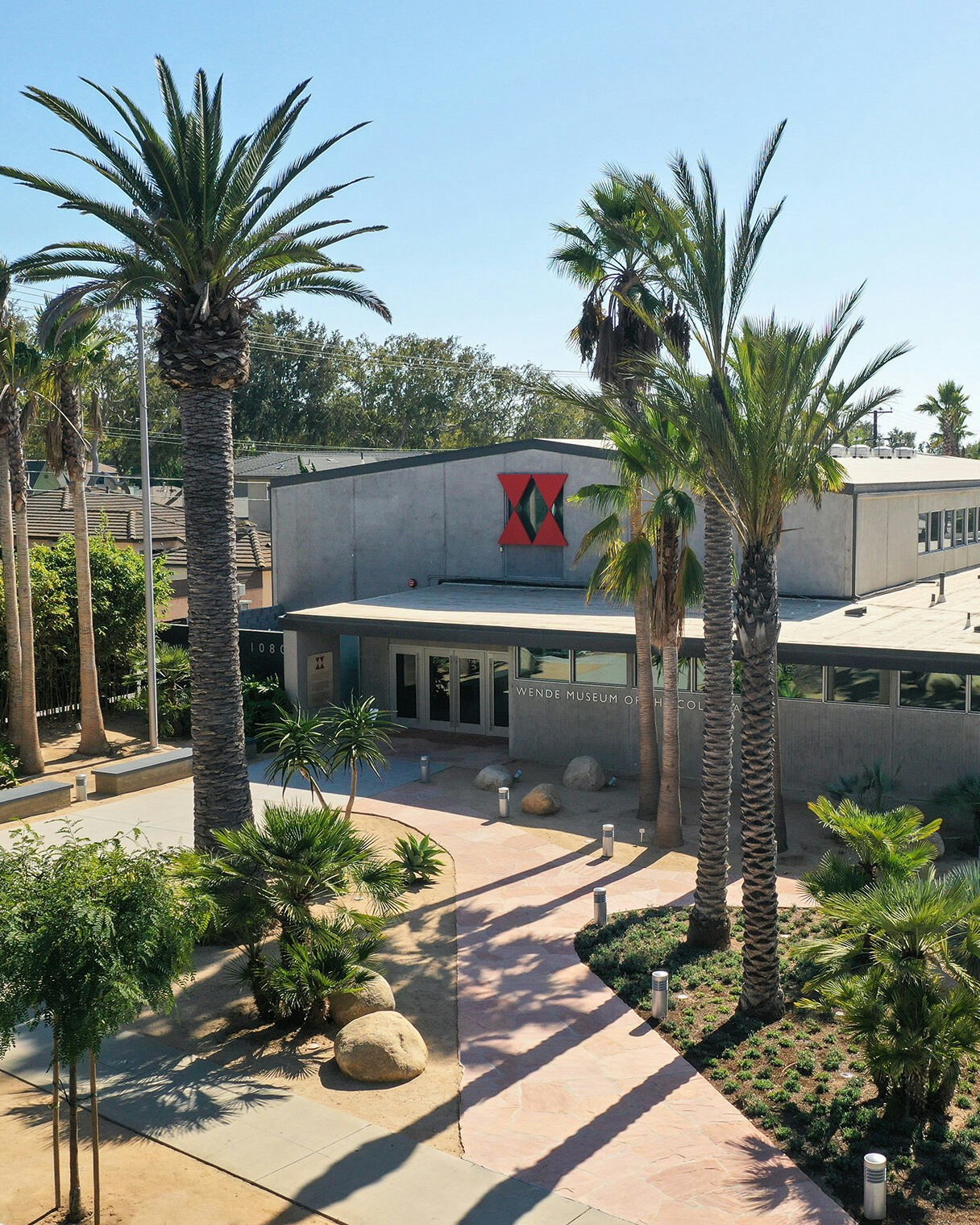Art & Science Collide
PST ART: Art & Science Collide creates opportunities for civic dialogue around some of the most urgent problems of our time by exploring past and present connections between art and science in a series of exhibitions, public programs, and other resources. Project topics range from climate change and environmental justice to the future of artificial intelligence and alternative medicine.
About PST ART: Art & Science Collide
Southern California’s landmark arts event, PST ART (previously Pacific Standard Time), returns with more than 818 artists, 50 exhibitions, and 1 mind-blowing theme:
Art & Science Collide
In partnership with museums and institutions across the region, this is one of the most expansive art events in the world.
This “collision” explores the intersections of Art and Science, both past and present, with diverse organizations activating exhibitions on topics like ancient cosmologies, Indigenous sci-fi, environmental justice, and artificial intelligence.
PST ART: Art & Science Collide shares groundbreaking research, sparks lively debate, and provides thought-provoking lenses to explore our complex world.
PST ART is a Getty initiative.
SCIENCE SAYS YOU NEED MORE ART











Presenting Sponsor

Lead Sponsors



Principal Sponsors



PARTICIPATING INSTITUTIONS
77PAST INITIATIVES

Pacific Standard Time: LA/LA was a far-reaching and ambitious exploration of Latin American and Latino art in dialogue with Los Angeles. With topics such as luxury objects in the pre-Columbian Americas, 20th-century Afro-Brazilian art, alternative spaces in Mexico City, and boundary-crossing practices of Latino artists, exhibitions ranged from monographic studies of individual artists to broad surveys that cut across numerous countries.

Pacific Standard Time: Art in L.A. 1945-1980 was an unprecedented collaboration of more than 60 cultural institutions across Southern California coming together to celebrate the birth of the L.A. art scene. Between October 2011 and March 2012, each institution made its own contribution to this grand-scale story of artistic innovation and social change, told through the multitude of simultaneous exhibitions and programs.

















